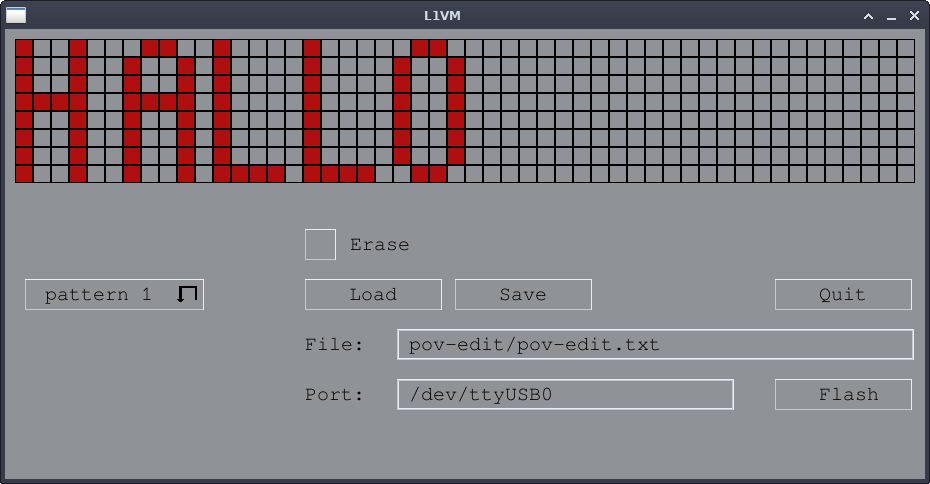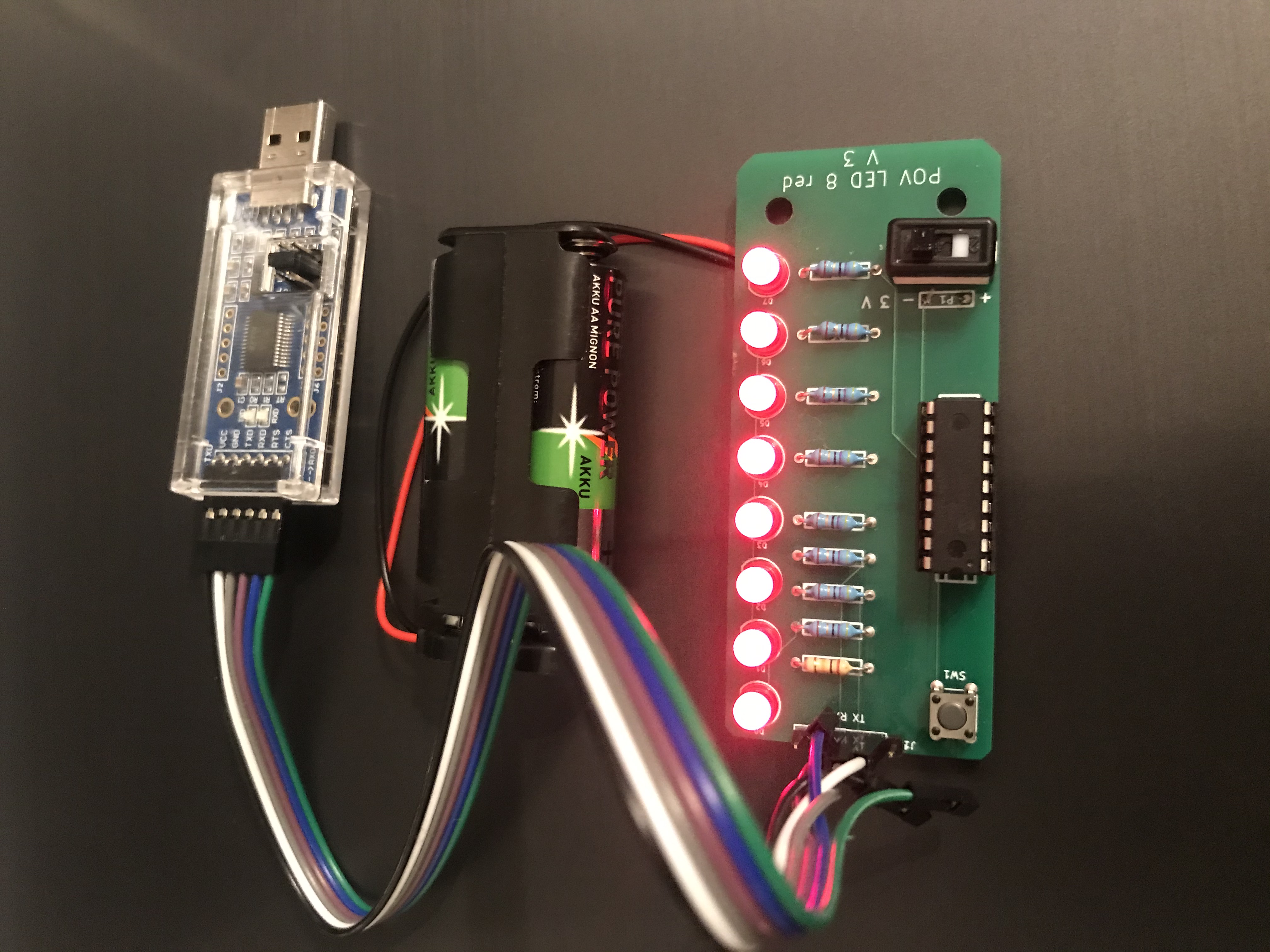About me

|
Info
spietzonke (at) gmail (dot) com GPG key to send safe E-mails |
Resume
About me
I am a self taught hobby software and hardware developer. I learned to program in AmigaBASIC and C on my Commodore Amiga 500 in 1991! Now I use C and C++ for my programming projects. And I successfully finished two C++ Coursera courses. I learn JavaScript and React. I’m also learning Go and developed my “l1vmgodata” database with it. I am designing PCBs with KiCad. And work with PIC microcontrollers or the Parallax Propeller microcontroller. I also doing some Raspberry Pi powered projects. Since 2000 I am using Linux as my main OS. Now I use Debian bookworm Linux on my notebook.
I’m open for job offers for software development. Feel free to contact me.
Education
2010 - 2013:
Education as a woodworker. Learning how to plan and build furniture.
Work Experience
2015 - 2016:
I worked for PACKT publishing as a “technical reviewer”
for the book: “Raspberry Pi Networking Cookbook -
Second Edition” by Rick Golden.
In the book you can find lots of examples for networking
stuff possible with a Raspberry Pi.
2017 - 2019:
Working for OCTO IT AG, doing the same work
as a systems engineer: building PCs and installing software.
The range did go from mini PCs like Intel NUC up to high end
workstations.
I also did create installation images for
the operating system install.
2021 - now:
Do DGUV V3 electronics check at the “Ortenau Klinikum Lahr” hospital.
Skills
Software
C and C++
I have very good knowledge of C. And did some projects in C++.
For the L1VM project I developed the compiler and assembler.
I have experts knowledge in compiler building and VM design.
Go
I am learning Go and did write my “L1VM go data” database in Go. The database can share data between programs. Clients can connect via TCP/IP sockets.
HTML, CSS and JavaScript
I also learn to develop in JavaScript. I developed a calculator app in JavaScript and React. The calculator is in RPN (reverse polish notation) math style.
Operating Systems
I use Debian GNU/Linux on my notebook. I did work with Sabayon, Arch and Fedora before. And I also know Windows 7, 10 and 11. For my Raspberry Pi projects I use Raspberry Pi OS (known as Raspbian before).
I know how to use “Virtual Box” and “Qemu” for VM systems.
Hardware
Working two years as a systems engineer: building PCs and install the operating systems.
Designing PCBs with KiCad.
I developed a LED POV with 8 LEDs to draw patterns into “the air”. One of my other projects
is a Parallax Propeller microcontroller board.
Certificates
edX Microsoft DEV210x: Introduction to C++
Coursera C++ programming for C programmers part A
Coursera C++ programming for C programmers part B
Coursera Machine Learning for All
Projects
My open source projects are hosted on GitHub: koder77
L1VM
A tiny but very fast and powerful virtual machine, written in C and C++. You can find more information on the GitHub project page. Or on the links at the top of this page.
Here is an example of my SDL GUI module “povedit” program for my
8 LED POV electronic kit. With it you can draw the patterns into the air.
The kit can be connected to a PC with the USB/serial adapter. The designed
patterns can be flashed with my flash tool or a serial terminal program.
The povedit program is part of my examples in the L1VM prog directory.


Here is a short video: L1VM - pov edit
L1VM go data
A new key/value pair based database written in Go.
It saves the data as strings. The data or key can be searched by regular expressions.
The database can be saved and load. The commands are send as plain text.
And you can use “nc” to connect to it.
GitHub: L1VM go data
Zerobuild
Zerobuild is a small build tool for building C and C++ programs.
It is very easy to write the build files.
GitHub: zerobuild
Cells
Cells is a library to connect FANNs together to a bigger
neural network. The neural networks are placed as nodes
into layers. The output of the nodes in one layer can be linked
to the inputs in a node on the next layer.
If the neural networks run then the library does run the layers
automatically.
GitHub: Cells
rpncalc
This is a scientific calculator written in JavaScript and React. I did also develop a React native app for Android. Here is the older web version: JavaScript rpncalc calculator
Tools, I use
Text editors: Atom, Kate, VSCode and Emacs. For debugging: Valgrind, memory leaks
and error checker.
Electronics and PCB layout: KiCad, Ktechlab.
MPLAB IDE for PIC microcontroller development.
Office: Libre Office. Others: Gimp, Inkscape.